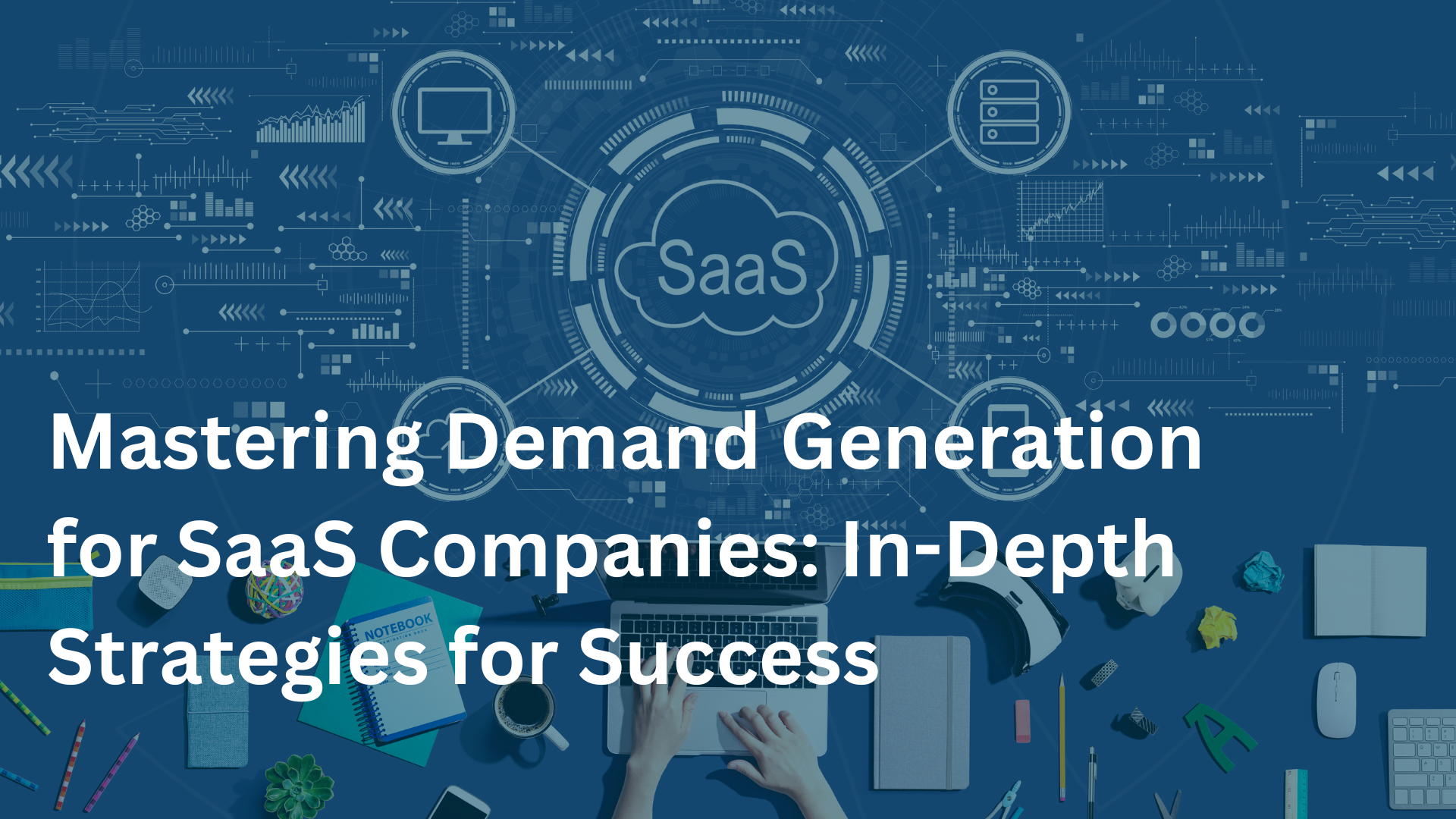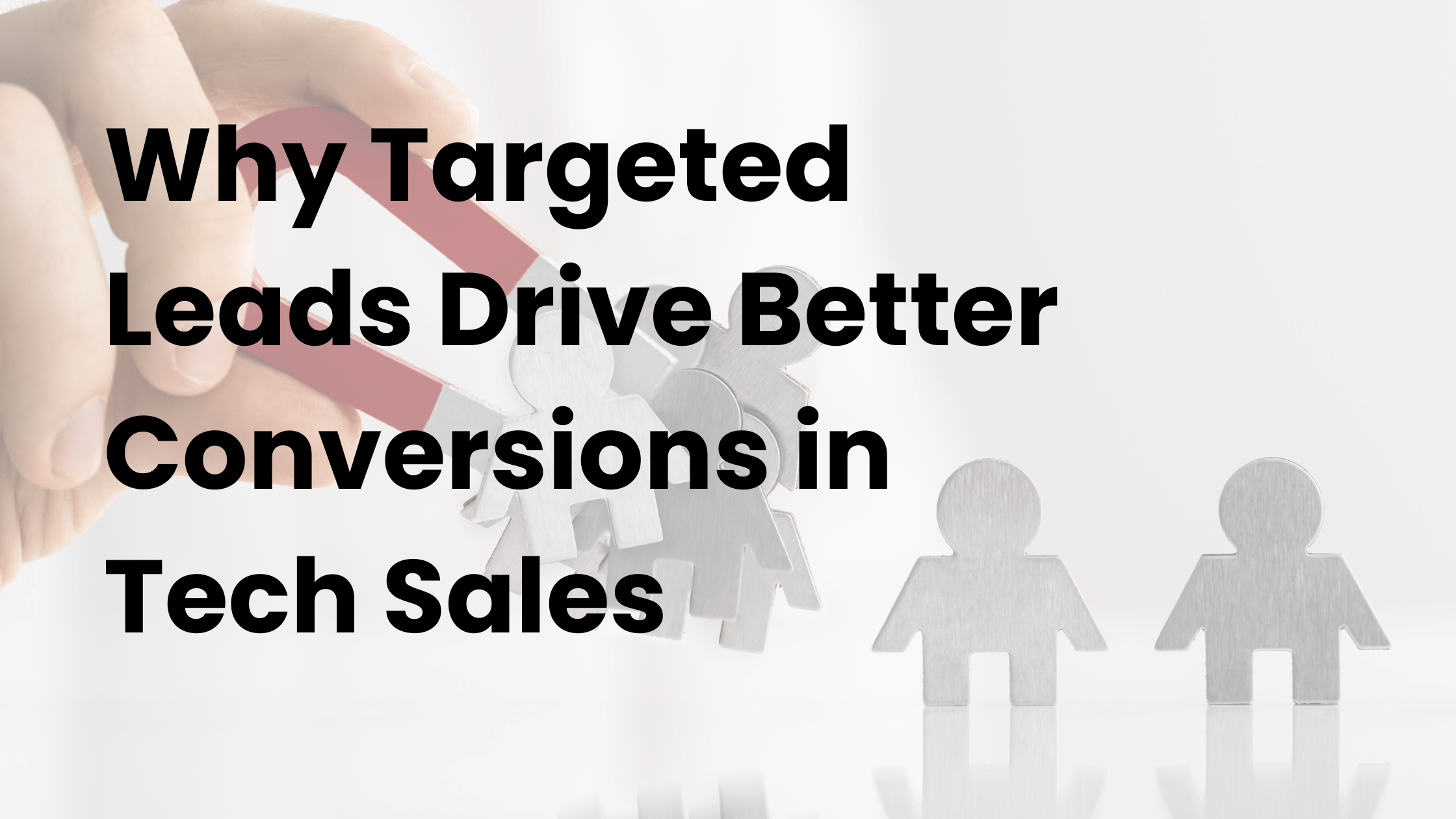In the competitive world of Software-as-a-Service (SaaS), demand generation has become more than just a buzzword it’s the engine that drives sustainable growth. With market dynamics constantly evolving, SaaS companies need to go beyond traditional lead generation tactics. They must build relationships, provide value, and create an ecosystem where prospects can become loyal customers. In this comprehensive blog post, we delve into proven strategies and actionable tips to elevate your demand generation efforts in 2025 and beyond.
Introduction: The New Landscape of SaaS Marketing
The SaaS industry thrives on innovation and disruption, and your marketing approach must do the same. As buyers become more sophisticated and decision-making processes more complex, generating demand requires a strategic blend of personalization, data analytics, and cutting-edge technologies. Whether you’re a startup or a seasoned player, aligning your demand generation tactics with current market trends is key to staying ahead of the curve.
1. Personalize Your Content for Maximum Engagement
Understanding Your Audience
Personalization is the cornerstone of effective demand generation. Modern buyers expect tailored experiences that speak directly to their needs and challenges. Start by developing detailed buyer personas based on demographics, behaviors, and pain points. This groundwork enables you to create content that resonates deeply with each segment.
Actionable Strategies:
- Segmentation: Use CRM data to group your audience into distinct segments. Create tailored content for each group, addressing their unique challenges and needs.
- Dynamic Content: Invest in website and email personalization tools that adjust messaging in real time based on user behavior. For example, a returning visitor might see content tailored to their previous interactions.
- Storytelling: Incorporate customer success stories and case studies. Real-world examples not only build credibility but also help prospects envision the benefits of your SaaS product.
2. Leverage Data-Driven Insights
The Power of Analytics
Data-driven marketing enables you to measure what matters, optimize strategies, and predict future trends. With the right analytics tools, you can identify which campaigns are driving engagement and which need refinement.
Actionable Strategies:
- Implement Robust Analytics: Use tools like Google Analytics, Mixpanel, or SaaS-specific dashboards to track user engagement, conversion rates, and other key performance indicators (KPIs).
- A/B Testing: Continuously experiment with different elements of your campaigns—from subject lines to landing page layouts. This iterative process helps you understand what truly resonates with your audience.
- Customer Feedback Loops: Integrate surveys and feedback forms into your customer journey. The insights you gather can be pivotal in fine-tuning your messaging and overall strategy.
3. Embrace Account-Based Marketing (ABM)
Targeting High-Value Accounts
Account-Based Marketing (ABM) focuses on treating high-value accounts as individual markets. Instead of casting a wide net, ABM allows you to concentrate resources on prospects that offer the highest potential for ROI.
Actionable Strategies:
- Identify Key Accounts: Use predictive analytics to pinpoint accounts with the highest lifetime value. Prioritize these accounts for personalized outreach.
- Customized Outreach: Develop bespoke content and targeted campaigns for each account. Tailored messages that address specific challenges and opportunities are far more effective than generic content.
- Sales and Marketing Alignment: Foster a collaborative environment between your sales and marketing teams. A unified approach ensures that messaging is consistent and that leads are nurtured through the entire sales cycle.
4. Harness the Power of Marketing Automation and AI
Streamlining Processes and Enhancing Personalization
Marketing automation tools and artificial intelligence (AI) are game-changers for demand generation. They not only streamline repetitive tasks but also provide deep insights into customer behavior.
Actionable Strategies:
- Automation Tools: Platforms like HubSpot, Marketo, and Pardot can automate email campaigns, social media posting, and lead scoring, freeing up your team to focus on strategy.
- Predictive Analytics: AI-powered tools can forecast trends and personalize interactions at scale. This enables you to deliver the right message at the right time.
- Chatbots and Virtual Assistants: Implement chatbots on your website to offer instant support and guide users through the conversion funnel. Chatbots can answer common questions and help qualify leads around the clock.
5. Engage Through Multi-Channel Strategies
Meeting Prospects Where They Are
Today’s buyer journey is non-linear, with potential customers interacting with brands across various channels. A multi-channel approach ensures that your message is consistent and visible at every touchpoint.
Actionable Strategies:
- Content Marketing: Develop a robust content strategy that includes blogs, eBooks, webinars, and whitepapers. Quality content not only educates your audience but also positions your brand as an industry thought leader.
- Social Media Engagement: Utilize platforms like LinkedIn, Twitter, and industry-specific forums to share insights, engage with followers, and participate in relevant discussions.
- Retargeting Campaigns: Use retargeting ads to keep your brand top-of-mind. Retargeting ensures that visitors who have shown interest in your product are continuously nurtured until they convert.
Future Trends in SaaS Demand Generation
As technology continues to advance, so do the strategies for demand generation. Emerging trends include:
- Hyper-Personalization: Leveraging machine learning to create even more granular audience segments.
- Interactive Content: Incorporating interactive tools such as quizzes, calculators, and virtual demos to engage users.
- Voice and Conversational Marketing: With the rise of voice search and smart assistants, optimizing your content for voice queries is becoming increasingly important.
Staying informed about these trends and being ready to adapt your strategies will help ensure your demand generation efforts remain effective and ahead of the competition.



